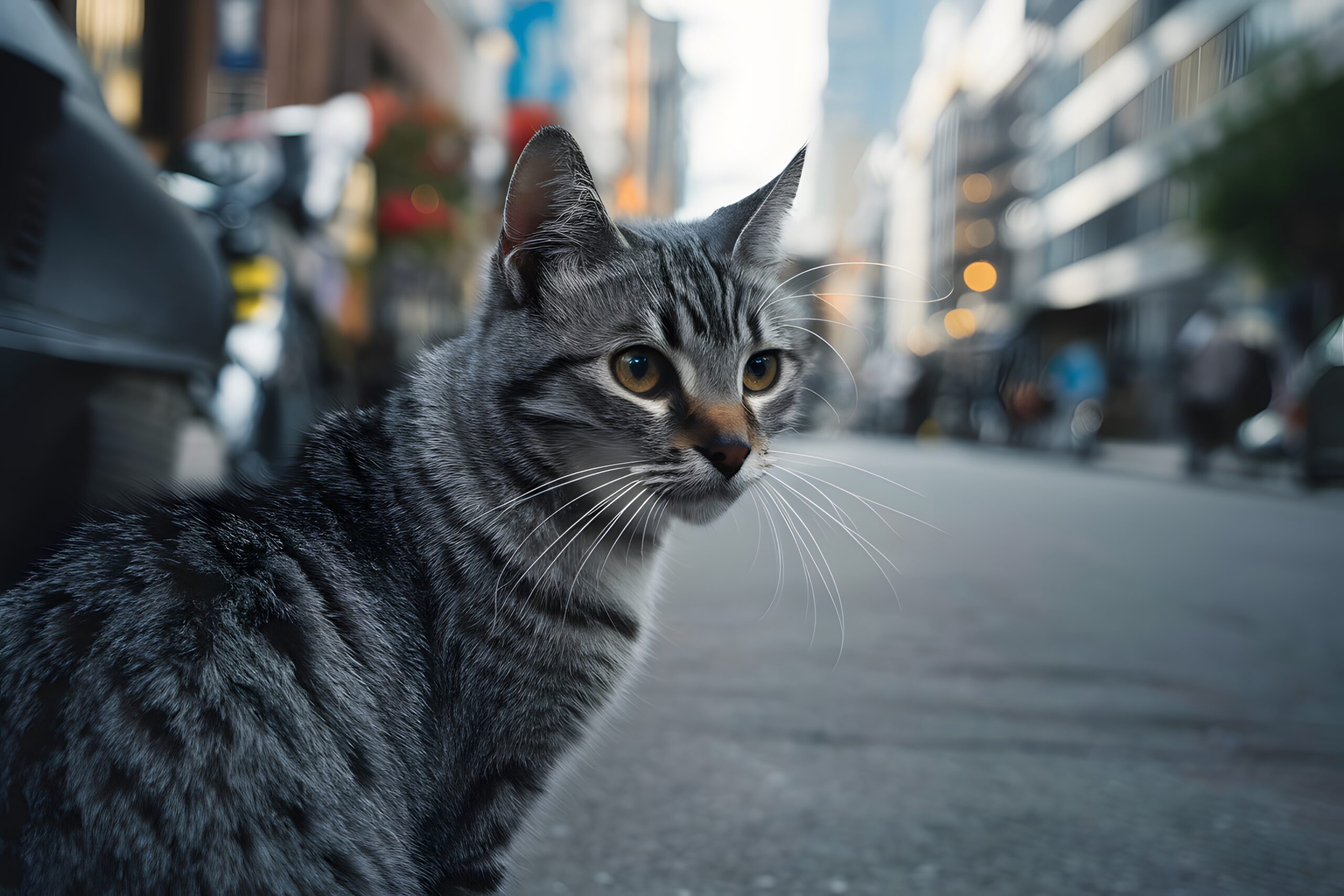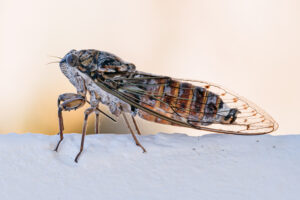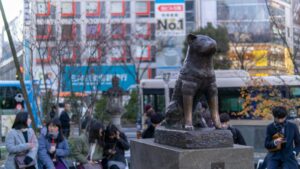In the bustling streets of Japan, amidst the neon lights and the constant hum of city life, thrives a resilient and often overlooked community—street cats. These feline survivors have carved out a niche in the urban landscape, displaying a remarkable ability to adapt and flourish. From the hidden alleys of Tokyo to the temple grounds of Kyoto, street cats, or ‘nuko’ as they are affectionately called, have become an integral part of the Japanese urban ecosystem. This article delves into the world of Japan’s street cats, exploring their survival strategies, social structures, and the unique bond they share with the human inhabitants of the cities they call home.
Unveiling the World of Japan’s Street Cats
Japan’s street cats lead lives that are both visible and invisible to the human eye. To the casual observer, they might seem like mere passersby in the urban setting. However, a closer look reveals a complex existence, tailor-made for the challenges of city life. These cats, often of mixed breeds, exhibit a variety of colors and patterns, making them a vibrant part of Japan’s urban fauna. They are not just survivors; they are a testament to the resilience of nature amidst urban sprawl.
Navigating the Alleys: The Feline Survivors
The alleys and backstreets of Japanese cities are the prime territories of these feline inhabitants. Here, away from the main thoroughfares, they have developed a keen sense of navigation. They know where to find food, shelter, and companionship. These cats are not just wandering aimlessly; they are constantly mapping their surroundings, identifying safe havens and danger zones. Their survival hinges on an intricate understanding of their urban jungle.
The Secret Societies of Japan’s Urban Cats
Within the winding alleys, a secret society thrives. Street cats form colonies, a social structure that allows them to support one another. These colonies are not random congregations but organized groups, often led by a dominant cat. They share resources, protect their territory, and even care for each other’s young. This communal living arrangement showcases the street cats’ ability to form complex social bonds, defying the solitary hunter image often associated with their species.
From Scraps to Survival: The Street Cats’ Diet
The diet of Japan’s street cats is as varied as the urban landscape they inhabit. While some have learned to depend on the kindness of human benefactors who leave out food, others have become adept at scavenging. From fish remnants near markets to scraps from local restaurants, these cats have developed a palate that can appreciate both quality and quantity. Their ability to adapt to various food sources is a key factor in their survival in the urban maze.
The Unseen Guardians: Human Allies of Alley Cats
Not all humans are indifferent to the plight of these urban dwellers. Many street cats have found unlikely allies in the residents of the cities they roam. From shopkeepers who leave out water bowls to volunteers who organize feeding schedules, these human guardians play a pivotal role in the lives of street cats. Their compassion bridges the gap between wild and urban life, creating a symbiotic relationship that benefits both parties.
Marking Territories: The Social Structure Unfolded
The social structure of street cats is both complex and fascinating. Dominance and territory are key aspects of their communal living. These cats communicate through scent marking, vocalizations, and body language, creating an intricate web of social interactions that dictate their daily lives. The hierarchy within a colony can often dictate access to resources, mating rights, and even resting spots.
Night Prowlers: Understanding Their Nocturnal Life
As night falls, Japan’s street cats embark on a different kind of journey. The cover of darkness brings a new set of challenges and opportunities. This nocturnal life allows them to explore territories that are off-limits during the day, hunt for nocturnal prey, and engage in social activities without the constant threat of human interference. The night offers a glimpse into the untamed side of these urban survivors.
Facing the Elements: Street Cats vs. Urban Challenges
Urban life is not without its hazards for street cats. From traffic accidents to environmental extremes, these felines must constantly navigate dangers. However, their resilience is unmatched. They find warmth during cold spells in hidden nooks and share communal warmth. Rain or shine, they maintain their territories and continue their daily routines, showcasing a remarkable adaptability.
The Art of Adaptation: Evolution of Alley Cats
The street cats of Japan are a testament to the power of evolution. Over generations, they have developed traits that allow them to thrive in an urban environment. Their intelligence, social structures, and dietary flexibility are not just survival mechanisms but signs of their ongoing adaptation to the urban landscape. These cats are not just surviving; they are evolving to meet the challenges of their environment.
Fostering Coexistence: Community Efforts in Harmony
Across Japan, efforts to foster coexistence between humans and street cats are growing. From trap-neuter-return (TNR) programs aimed at controlling the population to awareness campaigns on responsible feeding, communities are coming together to ensure that street cats can live in harmony with their human neighbors. These initiatives not only help manage the street cat population but also promote a compassionate approach to urban wildlife.
The Future of the Feral: Conservation and Concerns
The future of Japan’s street cats hinges on a delicate balance between conservation and urban development. While these cats are a resilient bunch, their habitat is constantly changing. Conservation efforts must focus on protecting their urban environments and ensuring that they can continue to thrive alongside human development. The challenge lies in creating sustainable urban ecosystems that cater to all inhabitants, furry or otherwise.
Beyond the Alleys: The Global Lesson from Japan’s Cats
Japan’s street cats offer a global lesson in adaptability, resilience, and coexistence. Their ability to thrive in urban environments serves as a reminder of the importance of biodiversity, even in cityscapes. As the world becomes increasingly urbanized, the story of Japan’s street cats underscores the need for integrated approaches to wildlife conservation that include the needs and well-being of urban animal populations.
Japan’s street cats, with their striking adaptability and complex social structures, embody the spirit of survival against the odds. They are not just a feature of the urban landscape but active participants in the ecosystem, contributing to the delicate balance between man and nature. As Japan continues to lead the way in harmonizing urban development with wildlife conservation, the story of its street cats offers insights and inspiration for cities worldwide. In the end, these resilient creatures remind us of the value of compassion, adaptability, and coexistence in an ever-changing world.







